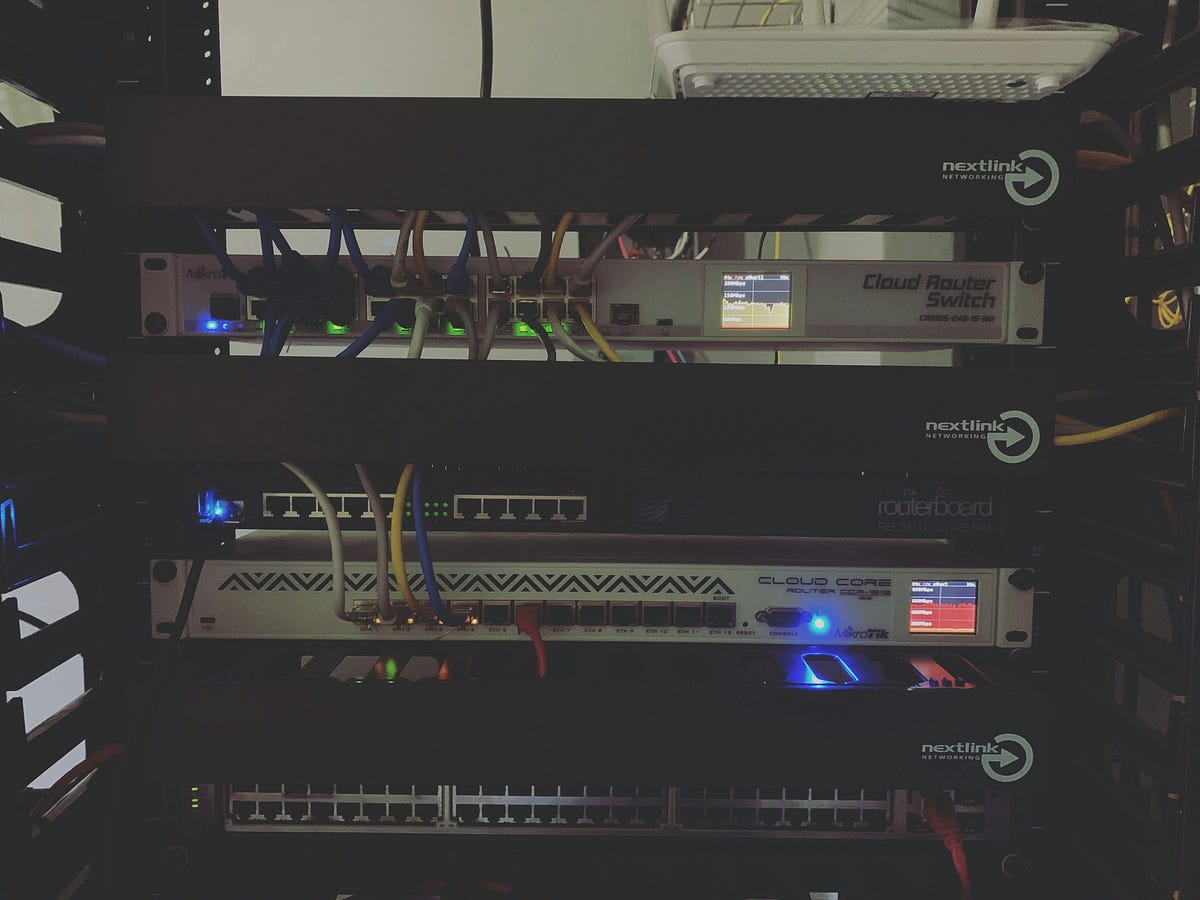Automating Smarter, Not Harder My Journey to Making Python Dance on the Edge![]() Press enter or click to view image in full size
Press enter or click to view image in full sizePhoto by Denny Bú on Unsplash
If you’ve ever tried to run Python on an edge device, you know it’s like trying to fit an elephant into a mini-fridge. It can be done — but only if you know how to slice, optimize, and automate like a pro.
Edge computing isn’t some futuristic buzzword anymore — it’s what happens when your IoT sensors, drones, and smart cameras decide they’re too cool to send data all the way to the cloud. They want to think locally and act instantly.
Over the past few years, I’ve built Python pipelines that run on everything from Raspberry Pis to industrial gateways. Here’s what I learned while trying to make Python thrive in environments where milliseconds matter and Wi-Fi drops more often than your patience.
1. Why Edge Computing Needs Python (and Why That’s Both Awesome and Painful)
Python and edge computing sound like an odd couple. One’s known for being slow and flexible; the other demands speed and precision. Yet, when they work together magic happens.
Edge computing thrives on automation, and Python is automation’s native tongue. You…

